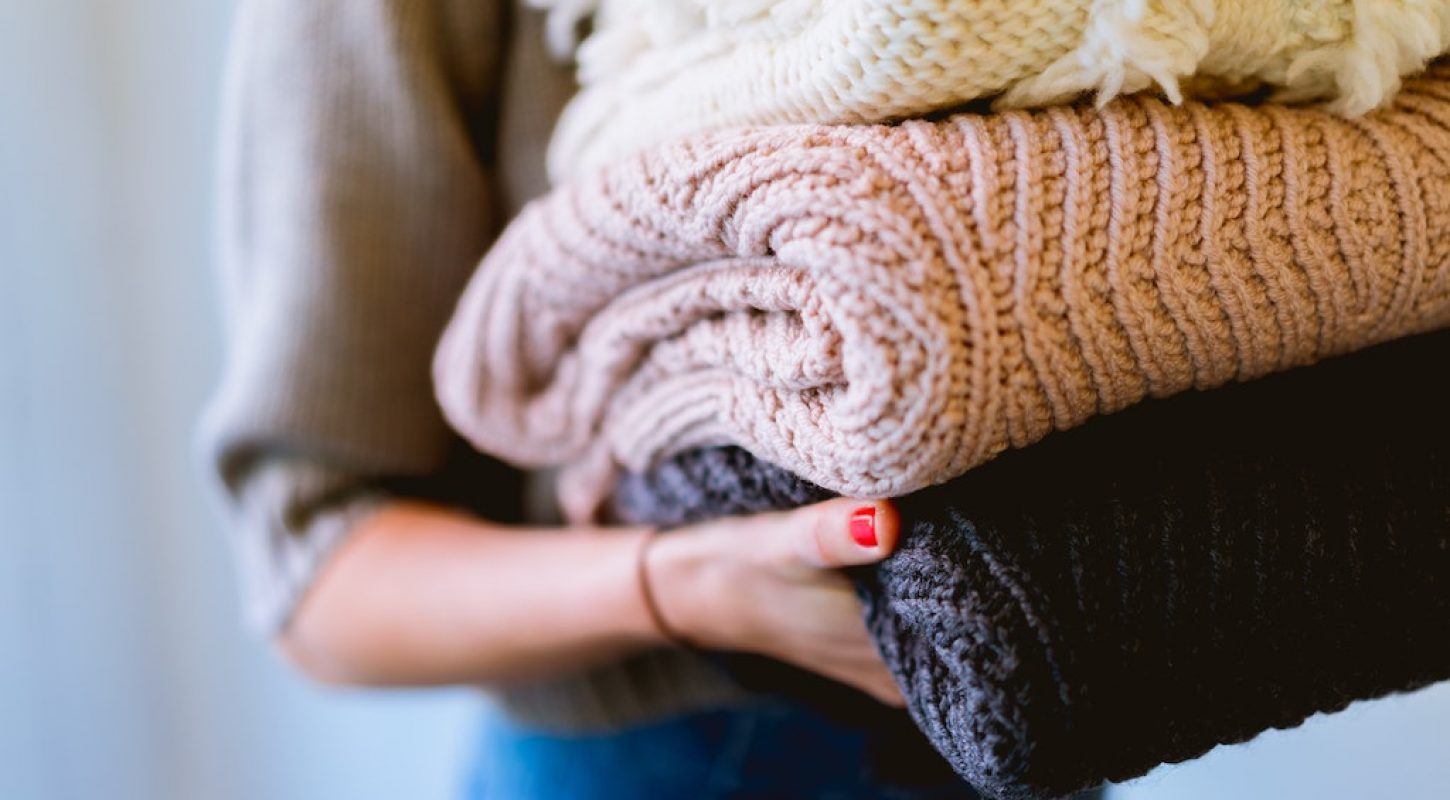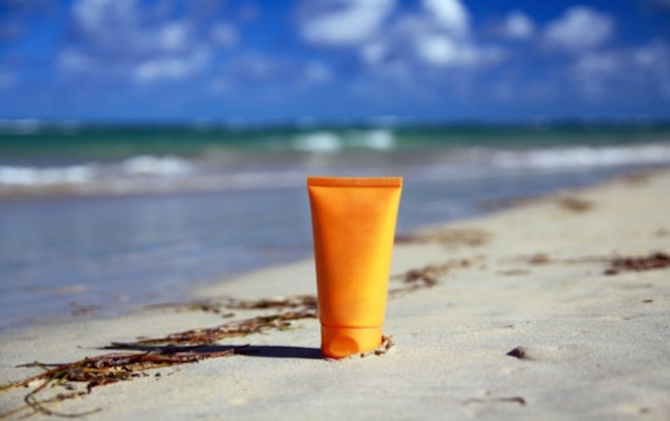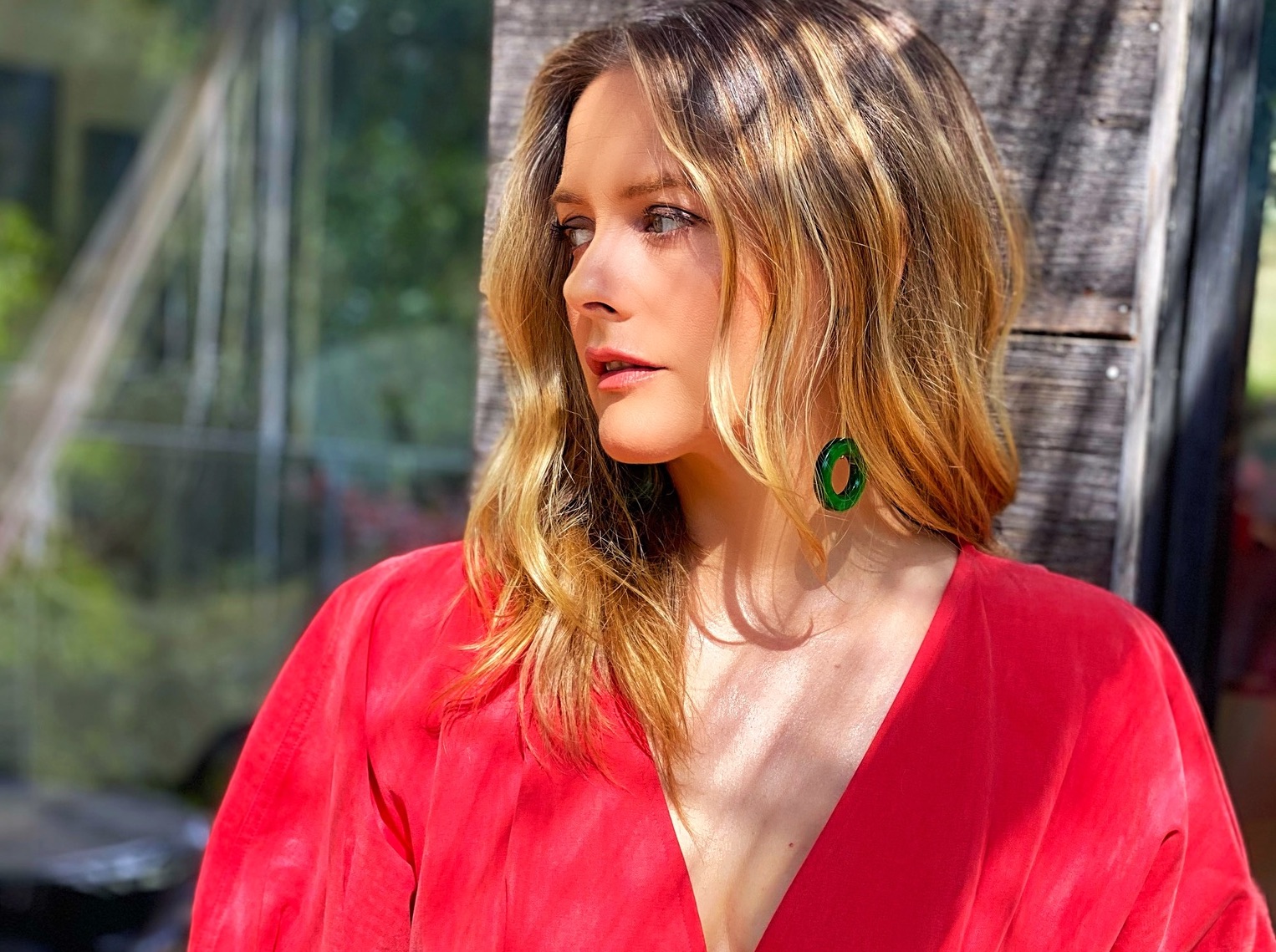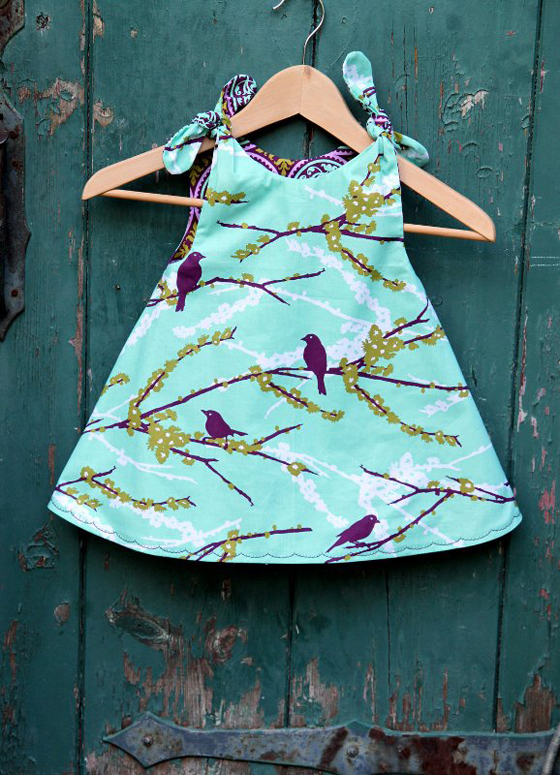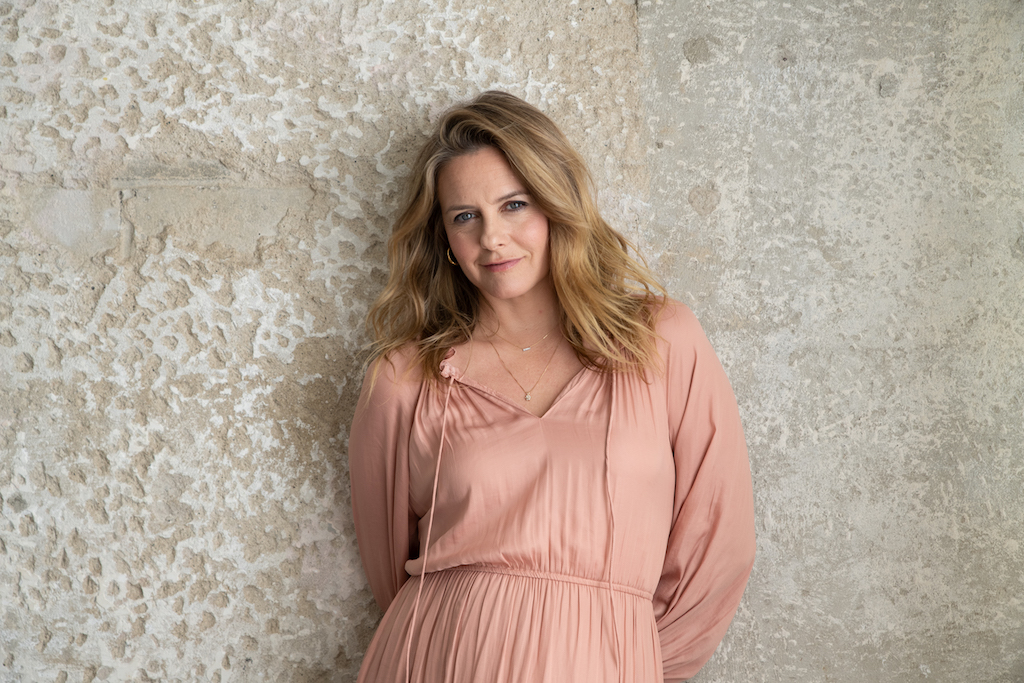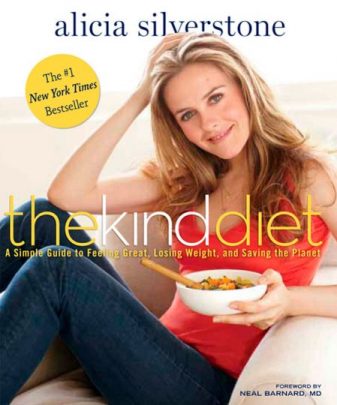Many of our closets contain clothes made from synthetic materials such as polyester, nylon, and rayon. These synthetic materials make our clothes more stretchy and less wrinkly and can be found in everything from yoga pants and leggings to dress shirts and socks.
When you wash clothes containing these materials, they shed up to millions of microfibers — tiny strands of plastic. These microfibers are often too small for many filters to catch, so they travel down the drains and into the wastewater system. Experts have found that these microfibers heavily contribute to an already huge issue in our waterways — microplastic.
What are Microplastics?
About 2.41 million tons of plastic waste enter the oceans every year, and about 94% of that plastic pollution is made up of microplastics — these tiny plastics are created by larger plastic waste products breaking down in the environment, but many of our everyday household products already contain microplastics. Most common laundry detergents contain microbeads and microplastic fragments. Some tests found that one of the most popular brands of laundry detergent contained roughly 178,000 microbeads in one milliliter of detergent, which leads to more than 2.5 million microbeads per load of laundry! And that’s not even counting the microfibers!
The newest laundry detergent pod packets are worse, with many pods not fully “dissolving” and contributing further to microplastic pollution. Additionally, Laundry Pods are often made of Polyvinyl Alcohol (PVA) or other derivative chemicals — which have been found extremely damaging to aquatic life. Pods are another scheme by Big Oil and their plastics company offshoots whose profits increase with the proliferation of more single-use products — at the expense of choking our waterways and killing aquatic life.
The Impacts of Wastewater
Our community’s wastewater is “treated” and then discharged into our waterways, but these microfibers and microplastics slip through the treatments and end up in our natural waters such as rivers and streams.
These microplastics are then consumed by microscopic organisms called zooplankton. They are eaten by small aquatic animals, who are eaten by larger animals, and so on up the food chain. This process is called bioaccumulation and can result in large aquatic animals containing dangerous and often deadly amounts of plastic in their systems. Studies have shown humans are ingesting thousands of these microfibers annually from our water, air, and food. Textile fibers are often found in seafood and fish on sale for human consumption.
So, what can you do to ensure you are not contributing to the problem? The easiest thing is to adjust your buying and washing habits. Buy clothes made from plant-based materials such as organic cotton, bamboo, and hemp. Buy used. (New apparel sheds more than old.) Repair clothes. Use cold, quick wash cycles. Avoid delicate cycles. Avoid “pods.” Support additional filters such as GuppyFriend or Cora Ball. Wash less.

Best Laundry Detergent to Use
To avoid microplastics, it helps to pick clean detergent brands — Dr. Bronner’s Magic Soap (100% plant-based since the beginning!), Eco Nuts, and Dropps are all cleaner options. Dropps is the original plastic-free laundry detergent pods packaged in a compostable and recyclable box. There’s also Ethique that makes waste-free stain-remover bars and you can also DIY your own detergent if you want to control the ingredients.
